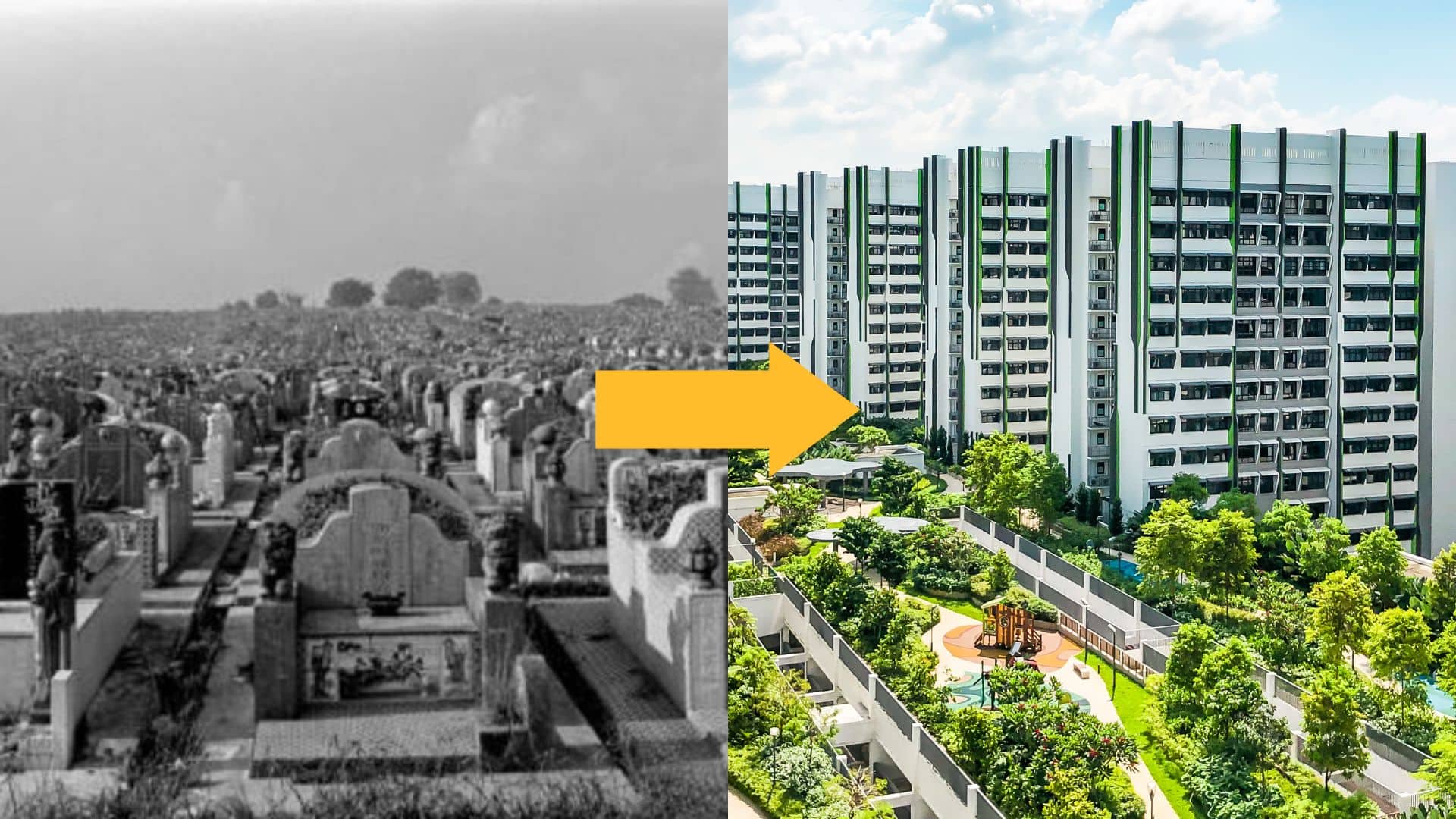The Bidadari HDB estate was a marvel of modern architecture. Rising from what was once a serene cemetery for both Muslim and Christian communities, the new housing estate promised a blend of history and progress. Beneath the pristine facades of the towering blocks lay the whispers of the past—whispers that some residents would soon come to dread.
The Uncanny GPU
A young software engineer named Amir moved into a unit on the 13th floor. Amir worked for a tech startup specializing in AI, and his apartment was a temple of cutting-edge technology. At its heart was a gleaming Nvidia GPU, the latest RTX model he had splurged on to accelerate his machine learning projects. The card was his pride and joy, enabling him to crunch vast amounts of data at unprecedented speeds.
But soon after moving in, Amir began noticing something strange. His GPU would overheat during specific hours of the night, despite the machine being idle. The fan would whirl frantically at exactly 3:15 a.m., the faint sound of static whispering through his speakers, even when they were off.
The First Encounter
One night, frustrated by the disturbance, Amir stayed up to monitor the anomaly. As the clock struck 3:15 a.m., the GPU's LED lights flickered erratically. Suddenly, the screen of his monitor turned black, and faint green text began to appear:
"You disturbed our rest."
Amir froze, his fingers trembling above the keyboard. He tried to reboot the system, but the message remained, now accompanied by the faint sound of an azan—the Muslim call to prayer—mixed with the somber tolling of church bells.
The sounds grew louder, filling the room with an eerie cacophony. Shadows danced on the walls, forming vague human shapes. They seemed to reach out toward Amir, their translucent forms flickering like static on a corrupted video feed.
Nvidia’s Involvement
Terrified, Amir posted about the incident on an online tech forum popular among BBFAs *wink*. His post quickly went viral, catching the attention of Nvidia's Singapore office. They sent a team of engineers to investigate, curious about this alleged "paranormal" interaction with their cutting-edge hardware.
The Nvidia engineers arrived with diagnostic tools, thermal cameras, and a sense of skepticism. They set up their equipment in Amir's apartment and waited for the witching hour.
As 3:15 a.m. approached, the GPU began to hum, its LEDs casting an otherworldly glow. The engineers watched in stunned silence as their monitors displayed not data, but grainy footage of an old cemetery. Figures in burial shrouds and clerical robes emerged, their faces obscured but their sorrow palpable.
One engineer, a skeptic named Rachel, whispered, "It’s not possible. The GPU is... broadcasting this?"
The Revelation
Amir pieced it together. The Bidadari estate was built on sacred grounds, where countless souls had been laid to rest. The Nvidia GPU, designed to simulate reality in video games and AI models, had inadvertently tapped into the residual energies of the land. The advanced hardware was acting as a bridge, rendering the lingering spirits in digital form.
The spirits weren’t angry—they were confused, displaced by the towering apartments and the hum of modern life. They sought recognition, a remembrance of their existence.
The Pact
Amir, with Nvidia’s engineers, devised a plan. Using the GPU, they created a digital memorial—a virtual Bidadari cemetery where visitors could "meet" the spirits and learn their stories. The project was unveiled as an augmented reality experience, blending cutting-edge AI with the solemn history of the land.
As the memorial gained traction, the nightly disturbances ceased. The spirits, it seemed, had found solace in being remembered. Amir, once terrified, now felt a deep connection to the history of his home.
The Bidadari Heights estate flourished, a harmonious blend of the past and the future, with Nvidia at the center of a ghost story no one would ever forget.





